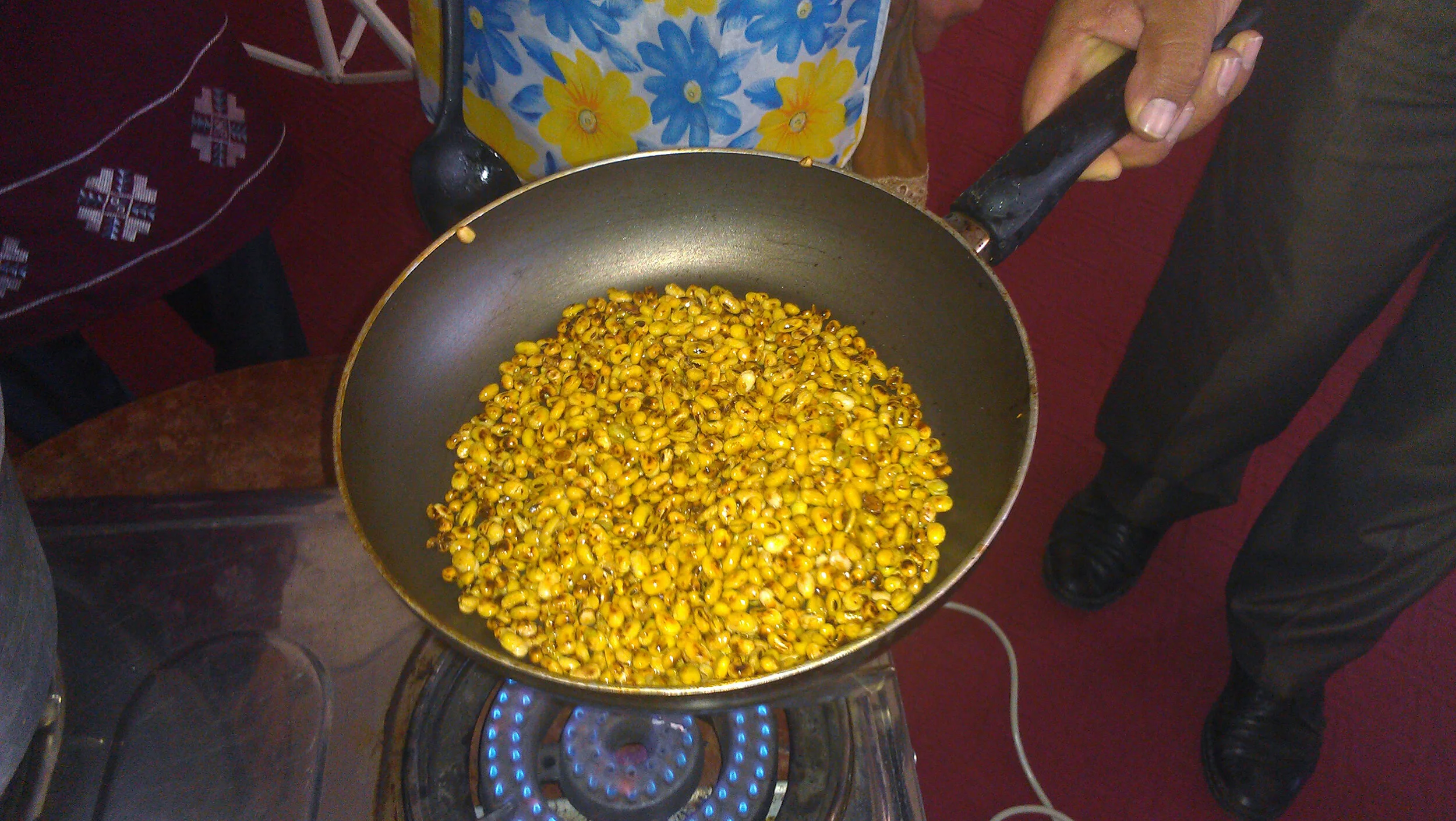
What We Do
Nutrition & Education International develops and establishes soy value chains to eradicate malnutrition.
Why Afghanistan?
Afghanistan is an inland country in Central Asia surrounded by China, Pakistan, Iran and Uzbekistan. In the past, Afghanistan was part of the Silk Road connecting the East and the West. However, geography places Afghanistan in a strategic area for neighboring countries, spurring the invasions of Britain, Russia and America. In 1919, Afghanistan gained its independence from Britain. Since the late 1970s, civil war has been ravaging the land. In addition, the Soviet invasion in 1979 and the U.S.-led war in 2001 have destroyed the land with violence.
Afghanistan is rebuilding itself after suffering from over 40 years of war. As a result, the country has some of the worst health conditions in the world. Protein-energy malnutrition(PEM) is one of the major problems in Afghanistan, with more than 50% of the population suffering from chronic malnutrition. Nearly half of all Afghans are food insecure and cannot afford to feed their families(OCHA, 2019). As a result, 41% of children under the age of five are stunted, failing to grow properly and reach their full potential(UNICEF 2017).
Why Soy?
Soybeans are a complete protein, containing all 9 essential amino acids. They are a good source of iron, calcium, zinc and B vitamins and are a healthy and inexpensive alternative to animal protein. Farmers growing soybeans have a reliable source of income and a rich source of protein to feed their families.
So What is a Soy Value Chain?
A value chain is the full series of steps that a product takes to get to the consumer. There needs to be a product; someone needs to make it; someone needs to process it, and there needs to be people who need and use it. This cycle is the value chain. A value chain can help a country rebuild itself, create economic opportunity, and nourish its people.
NEI is working to build each sector of the soybean value chain in Afghanistan. There are many moving parts to a soybean value chain and all the parts need to work and rely on each other in order for a soy value chain to be a functioning, self-sustainable cycle. A soy value chain is a gift that keeps on giving. That is why, NEI can and will do more than just feed people.
4 steps to establishing a soybean value chain
Find soybean seed varieties that grow well in Afghanistan.
Teach farmers how to grow and cultivate soybeans.
Process soybeans into consumable soy products for consumers.
Teach Afghans how to cook and use soy products in their traditional cuisine.







